I have been thinking a lot about the concept of before and after. With everything changing all around us, it is becoming more clear that every moment we are in nowadays is a moment of transformation.
We are reinventing how we live. How we connect. How we do the most basic activities.
For writers and artists, this becomes a chance to transform how we create and share. The methods by which you create. How you are able to be proactive in connecting your work and creative vision to others.
I want to share a story — a metaphor, I suppose — to frame this.
In 2010 I noticed a house that was going to have an estate sale later that month. The home was hidden from the road, overgrown with trees and bushes. It was hiding something. A history. A story:
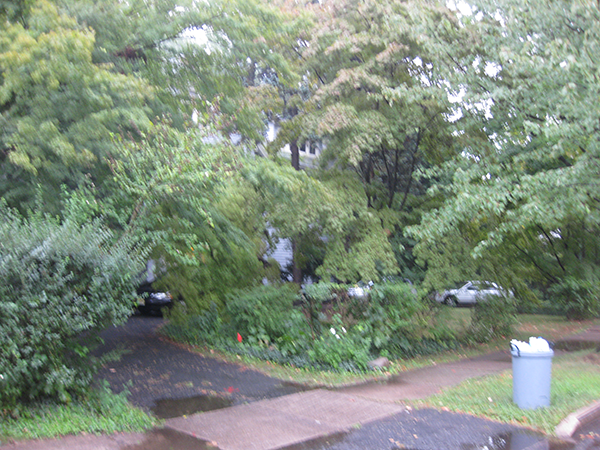
The ad for it was engrossing. I later learned that the home was built in 1908 and a single family had lived in it since 1922. The photos in the estate sale ad showed furnishings and decor from the early 20th century.
I was totally enamored. As if I had found a time capsule from a time long past.
I did an online search to find the name and contact information of the owner. I called and asked something bizarre: “Can I come over your house and tour it before you sell everything off. I want to document it.”
To my surprise, the owner agree, and I went over the next night. Part of me was a little hesitant. Not even a month earlier, our first son was born and here I was leaving he and my wife for an evening to go into the home of a stranger. It felt risky, stepping into the unknown in the dark of night.
The house was being sold. The fortune that built it was long gone, and the family that was left seemed to be hanging onto a home that was much too large for them to adequately maintain, on a very large property as well. The taxes alone were $25,000 per year on a house that hadn’t been updated since before the 1950s. It was being sold to a builder who was going to gut it to the core and modernize it. Here is the house after that renovation:
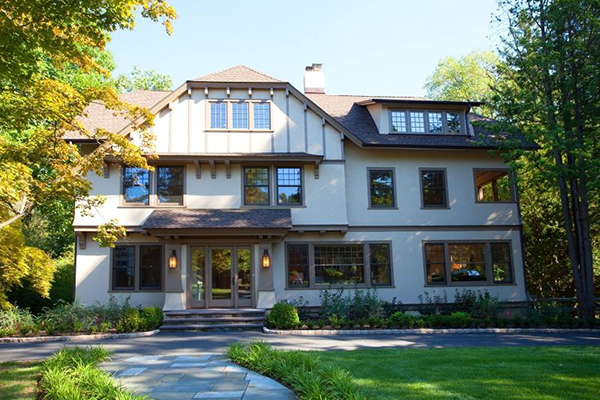
Stepping into the house was like entering a time portal to the past. This is the entryway:
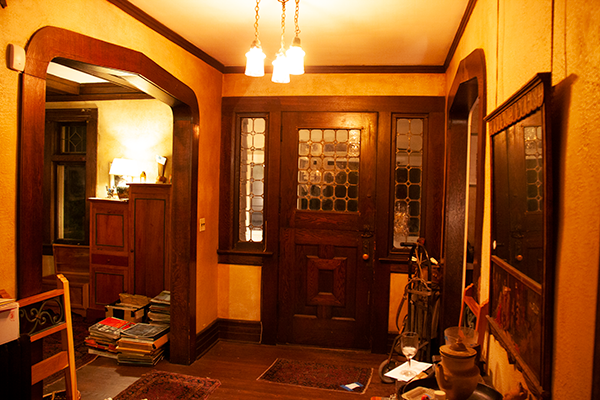
On the floor is a stack of newspapers, the one on top from 1941. A book from 1947 lays next to it on the floor:
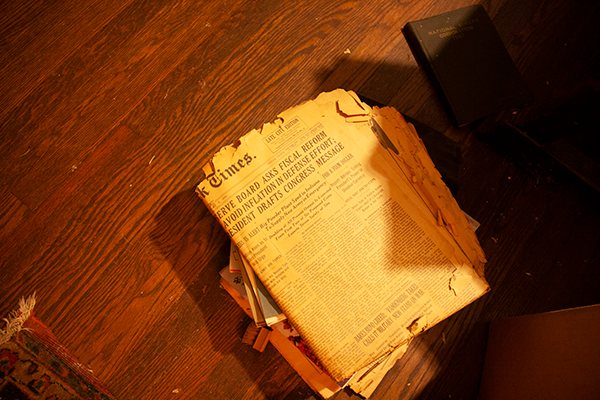
It’s easy to look at this newspaper and feel the same way I do about it as I do about life from anytime before this month. Remember how we used to leave the house. Go to a concert. Have a dinner party? It all feels like this newspaper… a relic of a time now past.
The “before” often feels magical. It is easy to feel sentimental for what is now gone. It is captured in a moment in time, and glows of a beauty that is not easily found today. It harkens back to a time that we perceive as simpler.
Let’s take a look at the before and after of this home renovation. The living room and fireplace before:
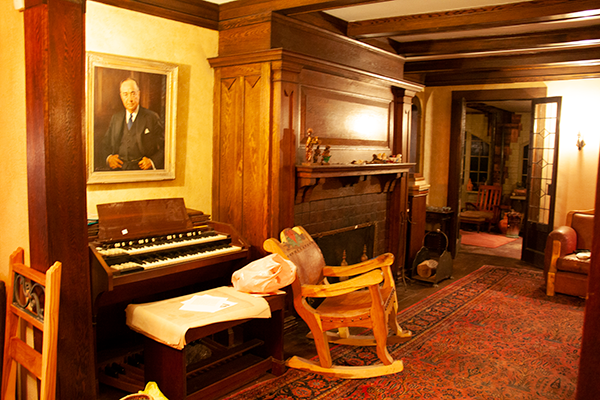
And after:
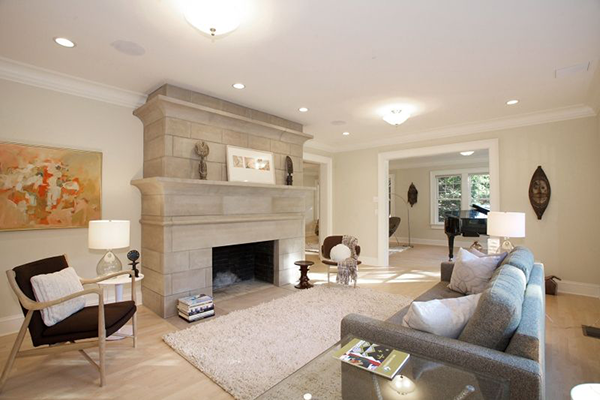
Here is the dining room before:
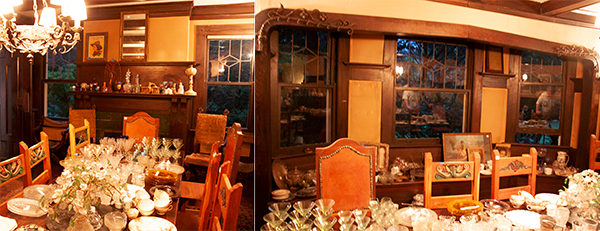
And after:
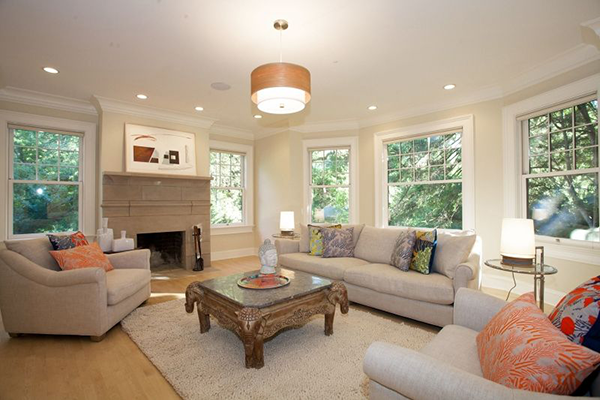
This was the office of the owner’s grandfather, who was the president of a bank in 1920s, who managed it through the crash of 1929:
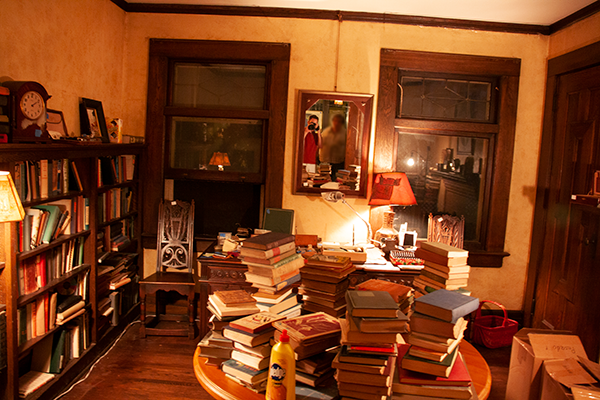
And after, the office would have been the two windows on the right side of the photo, they tore down the wall to make it a dining room:
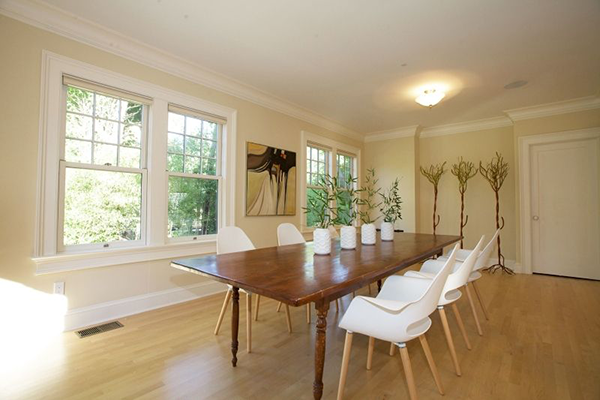
Here is the original kitchen:
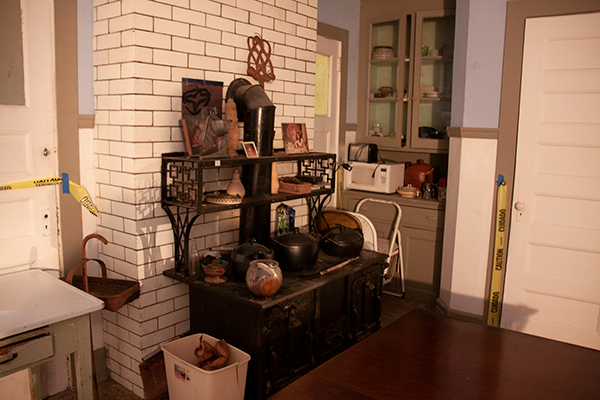
And the new kitchen:
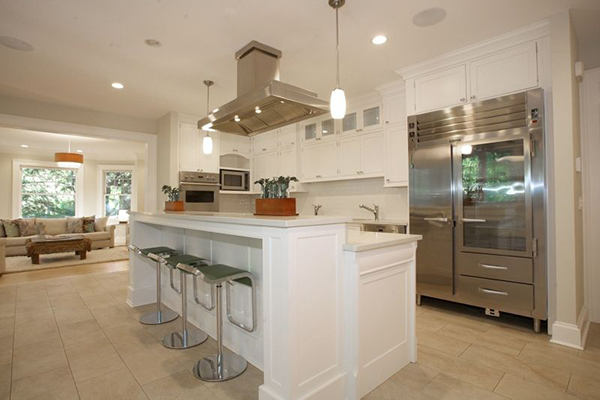
Since they were about to hold an estate sale, everything in it had a price tag attached to it. It’s fascinating to consider how you can take nearly 100 years of a family’s possessions and attach a price tag to each individual item:
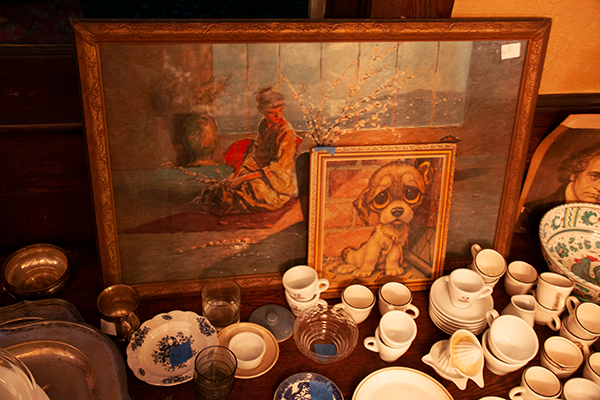
Notice the framed photo of Dwight D. Eisenhower on the left:
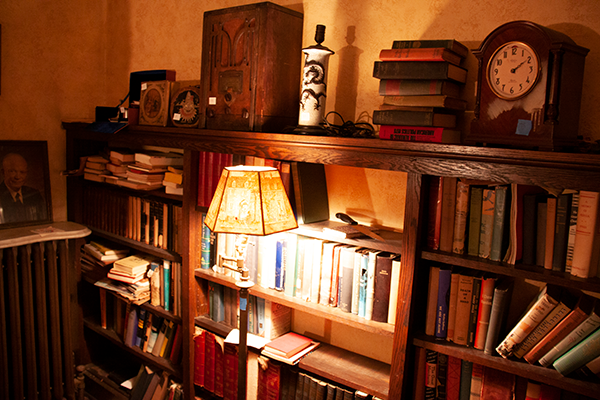
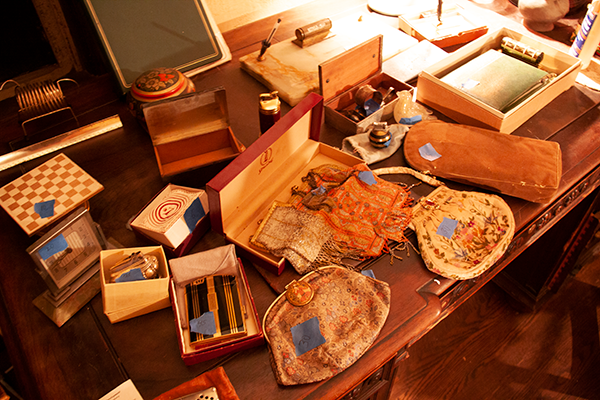
Every doily and napkin has a price tag:
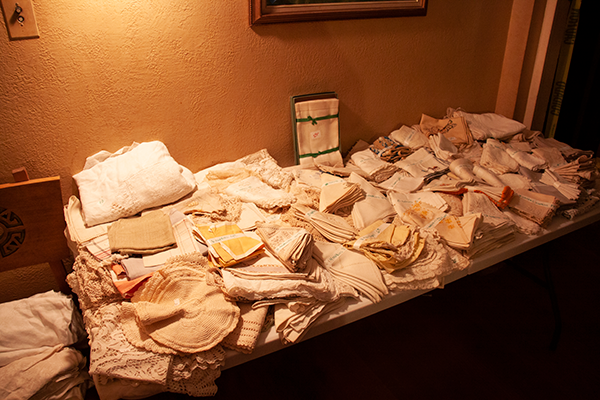
If you are like me, you see these photos and you feel a little sad. Sentimental for what was lost. For the “before.” The renovation of the home has stripped away all of the grandeur, the intricate woodwork and craftsmanship.
But there is something else I am considering here that is making me look at these images differently. The transition from before and after can’t just be marked just by the estate sale and renovation. This transition was more than 90 years in the making.
What I felt when I was in the house was a deep sense of neglect. I could see it in 1,000 places in every room. The electrical, plumbing, heating, and other systems were ancient. The walls were buckling and cracking. There was deep wear all over the wood floors. Rust and dust were in every nook and cranny. There were electrical wires dangling all through the hallways as they tried to route electricity to different rooms via extension cords.
For the person who bought this house and considered the next family who would live here, they had to look at the lead pipes, lead paint, knob and tube wiring, cracked plaster, water damage, and potentially mold.
What makes this house magical to me is the neglect, I suppose. It has captured the “before” so well. The way people lived in the 1940s and earlier.
This neglect took time. Nothing was ever sold. So it all built up. I wasn’t allowed in the basement, though I asked multiple times (I love basements!) I can’t imagine what I would have found down there.
This is a house so big, full of so much, that it became impossible to maintain properly without a lot of yearly expenses.
I explored the large first and second floors. There was a former dentist office in one corner, which was active in the 1920s. There was a large gym room that had equipment that was at least 50 years old.
Then I got to the last room on the 3rd floor and found something unexpected: a family. In one room was a makeshift apartment with a young family of three. I believe this was the current owners’ son, his wife, and their child. This would make them the fourth and fifth generation of the family to live in this house. They had a little kitchen setup and offered me rice and beans. There was a couch and TV, and I believe the beds may have been in that same room as well.
Here they were living in what felt like a mansion from 1908 and they were all shoved into living in one room on the 3rd floor. It was amazing, because they were all so welcoming and friendly.
The owner’s grandmother lived to be 106, and by the his account, she ruled over the house. He described her as “fierce.”
But on the weekend of the estate sale in 2010, a group of strangers entered her home. People came to the house for the value of objects within it. As the clock hit 10am on a Saturday morning, people streamed in, eyeing objects they desired, doing quick calculations in their head as to what was collectible, and what wasn’t. They grabbed, they took ownership, they traded dollars for objects.
In an instant, these things were turned from a collective history into a commodity – scattered – bound for other lives, or to be eBay’d at a higher value.
Spending time in the house talking with the owner and his family, my view of the house and objects changed. And I realized something:
The most valuable thing in the house is the story.
This value will never be realized at an estate sale, it will never be calculated into a Zillow ranking. But what this place and these objects were a part of – what they helped represent – is something of a time, of a moment, of a family, of a community. Something unique that identifies who we are as a culture.
As I wake up each day curious of what the world will bring today, something I consider is the choice that we each have to create and share.
How amidst all of these transitions is an opportunity to evolve our own creative practices. To discover new ways to write and make art. To share our voice. To connect with others. To craft new stories.
In every before and after, something is lost. But what I am considering is how we can grow in what we create and how we can come together.
Thanks.
-Dan
